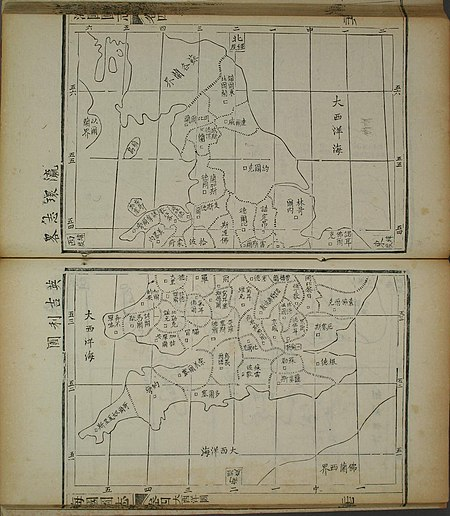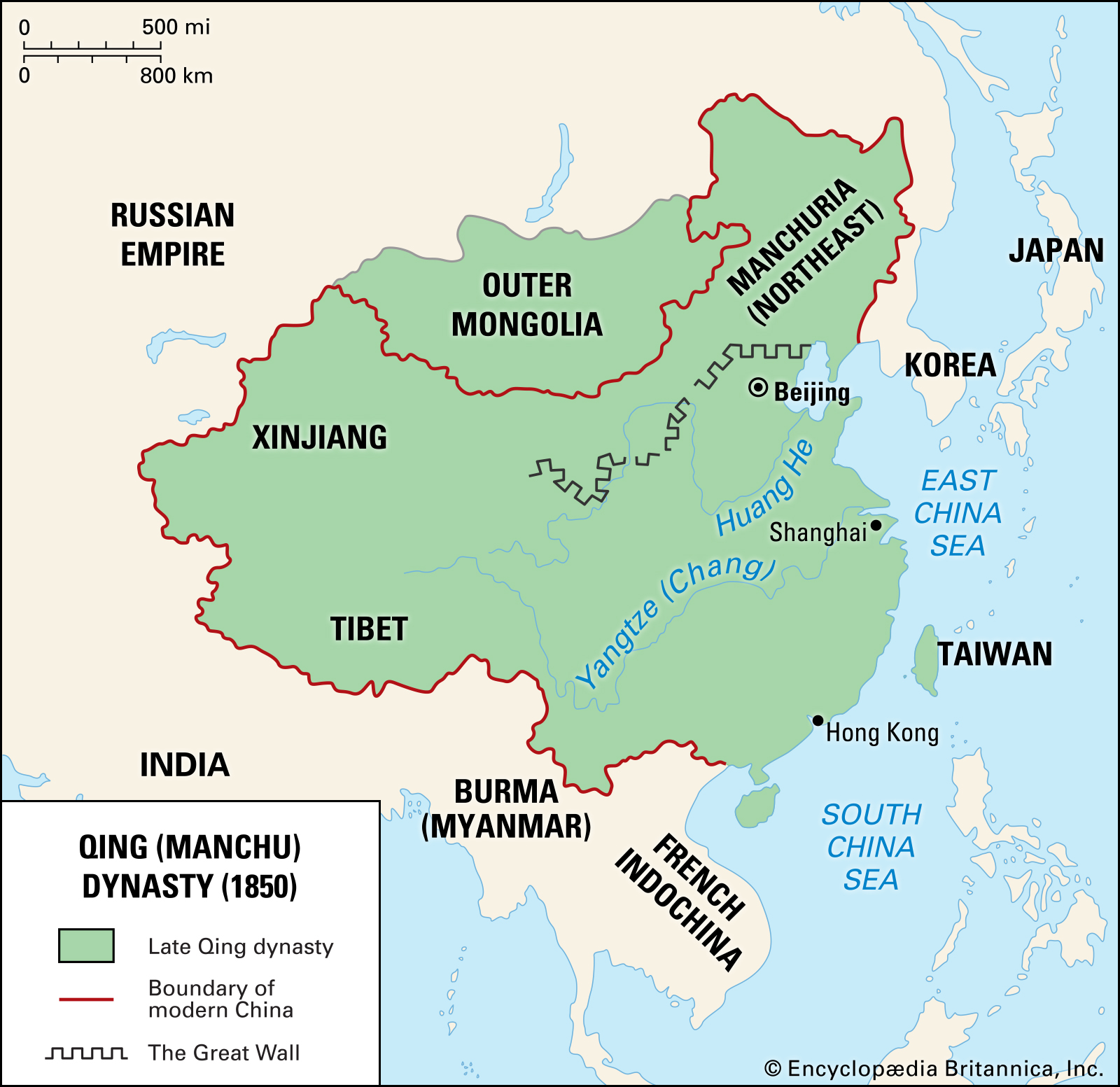
Map of England from the Hǎiguótúzhì

日本:夷の長技を師とし、以て夷を制す:「海国図志」の教え
Japan:Learn the strong points、use them to defeat:Teaching of Hǎiguótúzhì:
日本:掌握iteki的长期技能并控制iteki:“海上插图集”的教学
日本の明治維新:
日本は、古代中国を師として仰ぎ、学んだ。
中国では日本と中国の分岐点は「明治維新」にあると考えている人が多い。
中国メディアの快資訊:
3月1日、明治維新を支援し、「日本をアジアの強国にした本」があると紹介する記事を掲載した。
その著者は中国人である。
しかし、残念ながらその著作は、中国では広まらなかった。
快資訊が紹介しているその著作は、清時代・魏源が著した「海国図志」だ。
「海国図志」の教え:
海国図志は、世界の地理、西洋の技術と思想などを、紹介している。
「夷の長技を師とし、以て夷を制す」:
- つまり、外国の先進技術を学ぶことで、
- 自国に対する侵略を、防ぐことを主張し、
- 海外に学ぶことの重要性を唱えている。
この地理書は、西洋の先進的な技術を説明している。
中国の対応:
この地理書は、清の国民に外の世界を知らせるのに、大変役立つ。
しかし、「清の支配者は、海国図志を禁止して、愚民政策を取った」と批判している。
日本の対応:
日本は、清とは真逆の反応を示した。
海国図志が、中国から日本に入ると「あっという間にセンセーションを巻き起こした」
「日本は、外の世界はこうだったのか」と驚いた。
明治維新の成功:
- 西洋化に向けて日本国民を教育し、
- 西洋の技術と設備を手に入れ、
- 日清戦争で手に入れた賠償金を使い、
「明治維新を成功させて、アジア一の国になった」と説いている。
海国図志を巡る対応の違い:
快資訊の記事は、清政府の失敗は「中国が、世界の中心だと思っていたおごりにある」と振り返っている。
これでは「清政府が、滅びるのも時間の問題だったろう」と自戒した。
海国図志を巡る日本と中国の反応の違いは、今の時代にも教訓になっている。
中国-サーチナ
http://news.searchina.net/id/1697390?page=1
Illustrated Treatise on the Maritime Kingdoms
The Illustrated Treatise on the Maritime Kingdoms, or Haiguo Tuzhi,
is a 19th-century Chinese gazetteer compiled by scholar-official Wei Yuan and others,
based on initial translations ordered by Special Imperial Commissioner Lin Zexu.
The Treatise
is regarded as the first significant Chinese work on the West[1] and one of China’s initial responses to the Anglo-Chinese First Opium War (1839–1842).[2]
Eventually stretching to one hundred juan, or scrolls,
the treatise contains numerous maps and much geographical detail covering both the western and eastern hemispheres.
Wei’s book
also garnered significant interest in Japan and helped mould the country’s foreign policy with respect to the West.
– Wikipedia
https://en.wikipedia.org/wiki/Illustrated_Treatise_on_the_Maritime_Kingdoms
Wei Yuan | Chinese historian |
In 1844 Wei published his best-known work, the Haiguo tuzhi (“Illustrated Gazetteer of the Countries Overseas”),
on the geography and material conditions of foreign nations.
Although handicapped by the ignorance and superstition with which the Chinese viewed the West,
this work was the first to make use of translations from Western sources. Wei proposed that the Chinese learn the superior technology of
the barbarians (in his day, Westerners seeking trading rights) so as to be strong enough to deal actively with their challenges.
This idea provided the justification for the reform of the Chinese state attempted in the 1860s and ’70s,
when its leaders finally began to introduce Western devices and technology into China.
Britannica